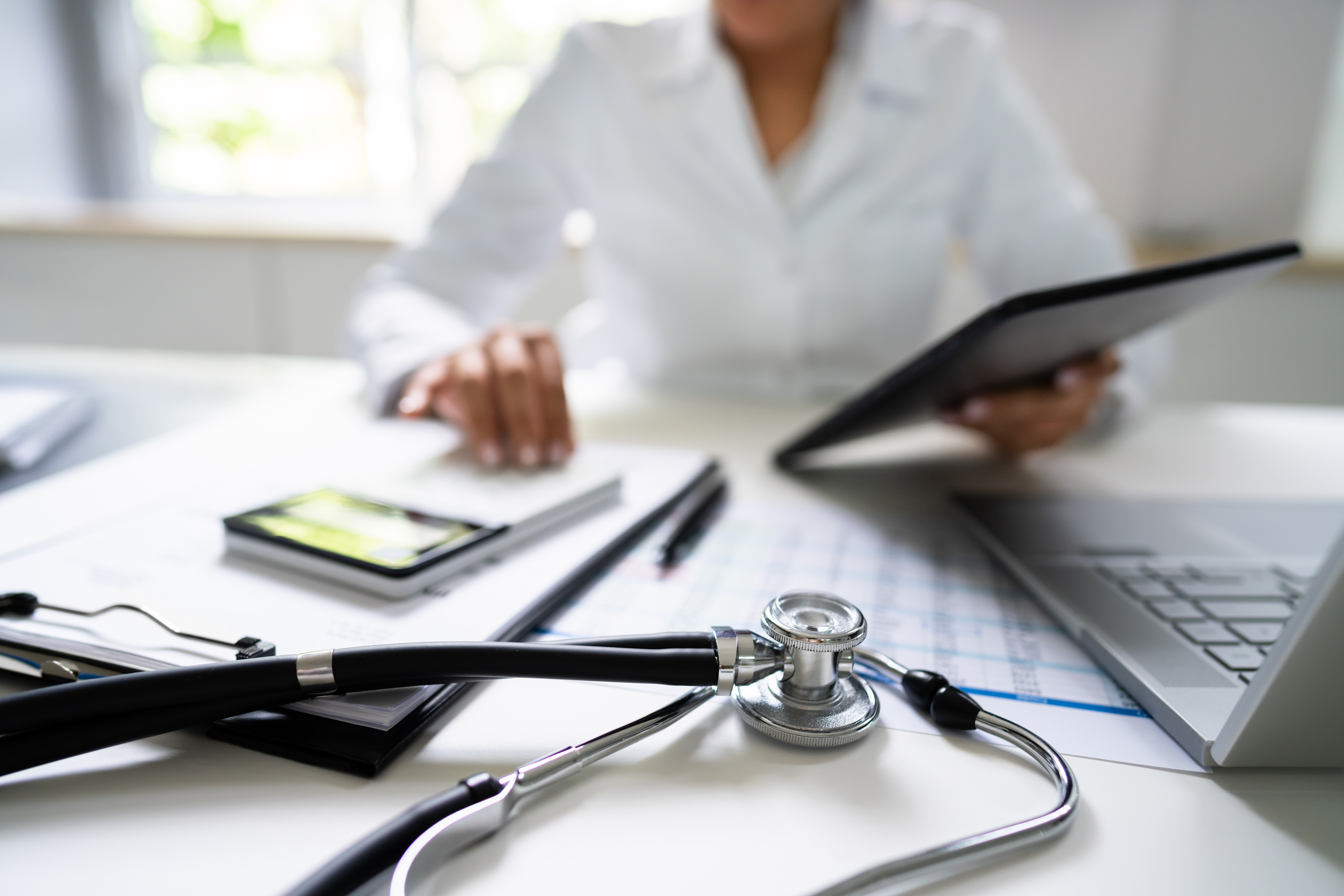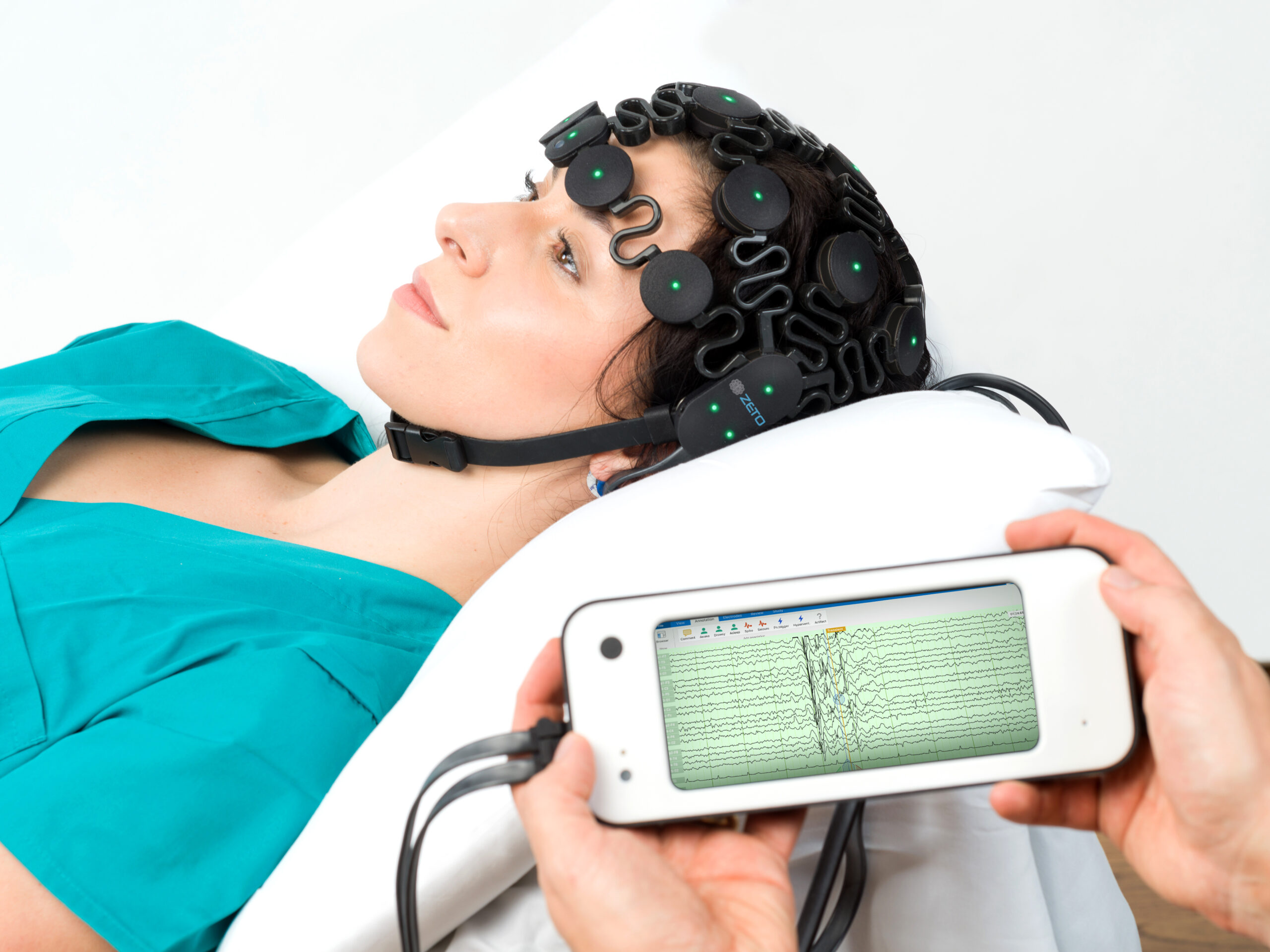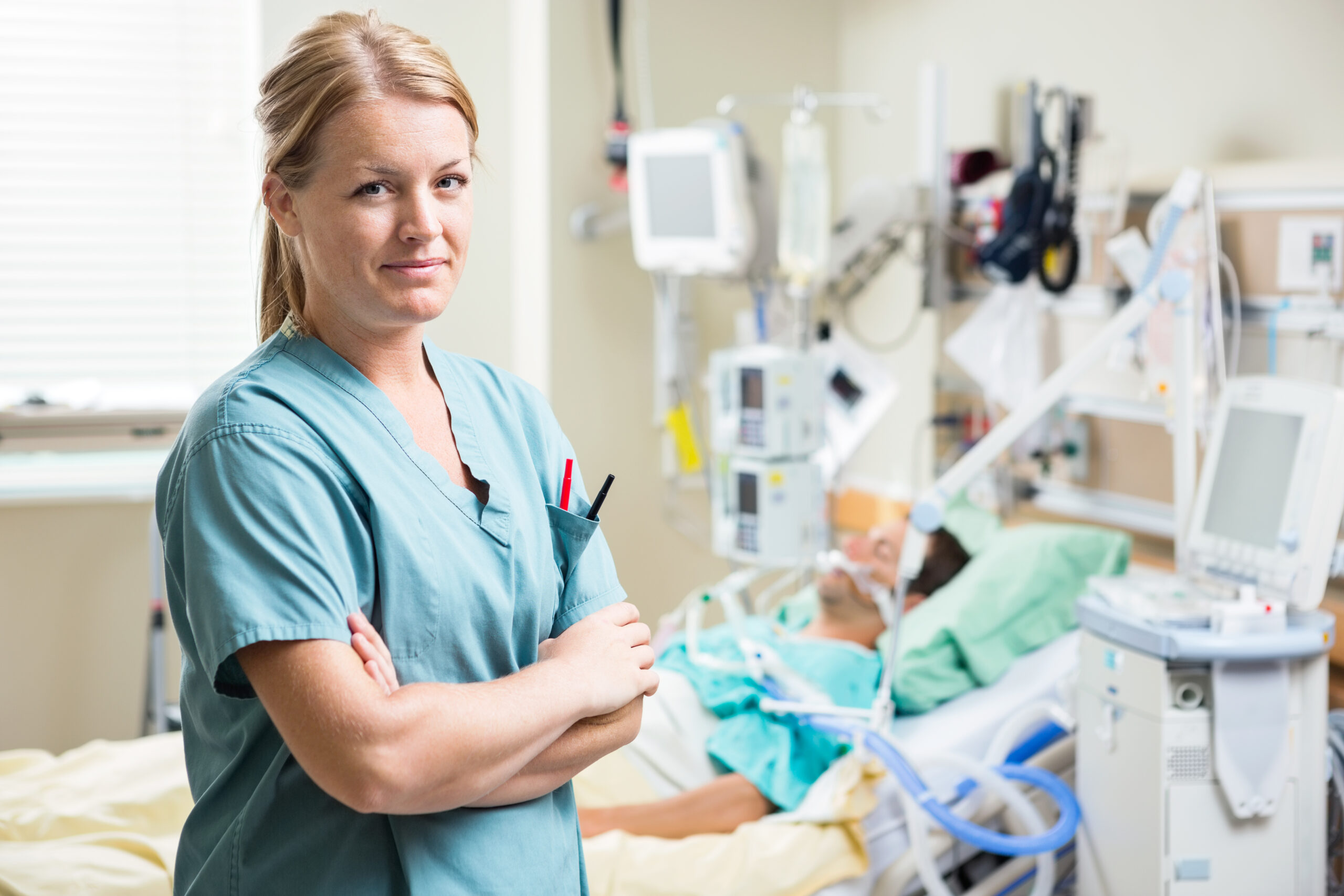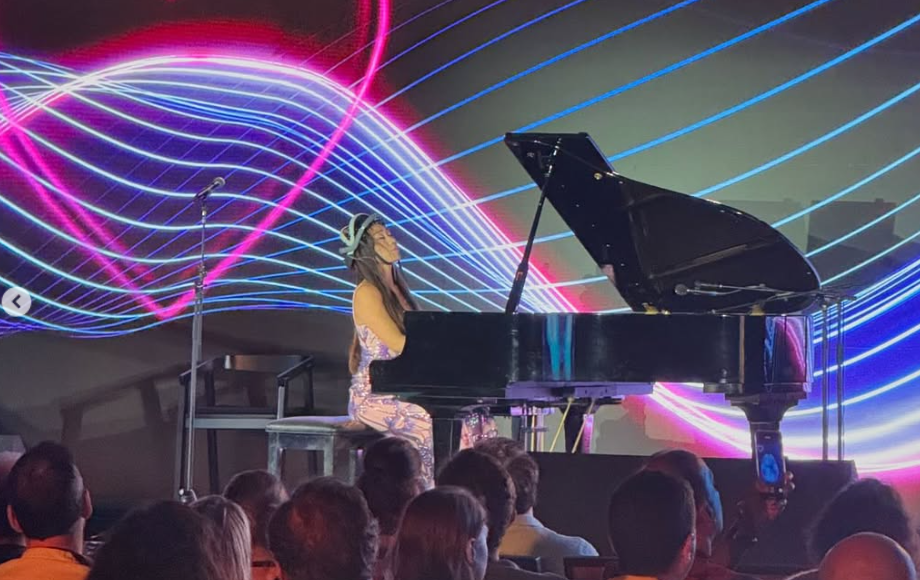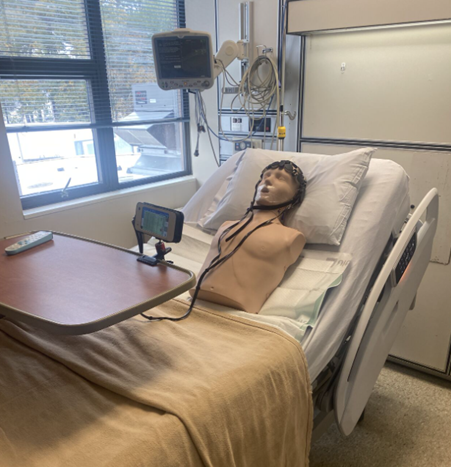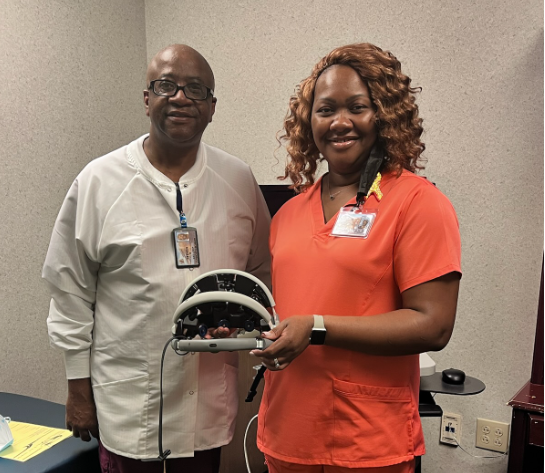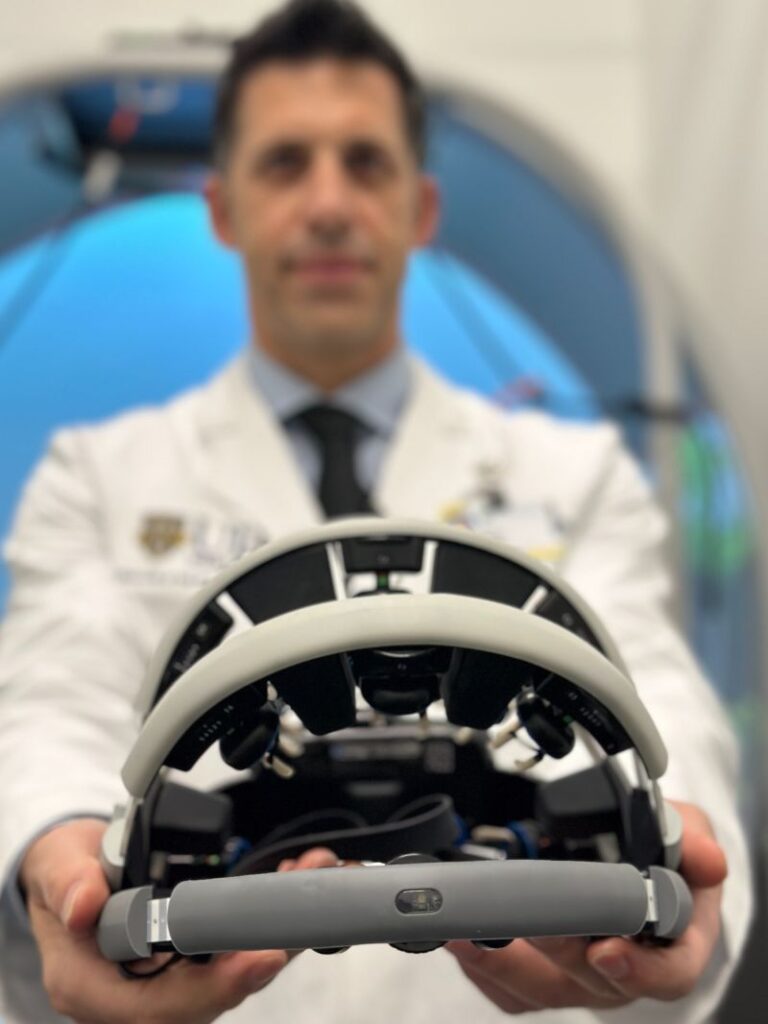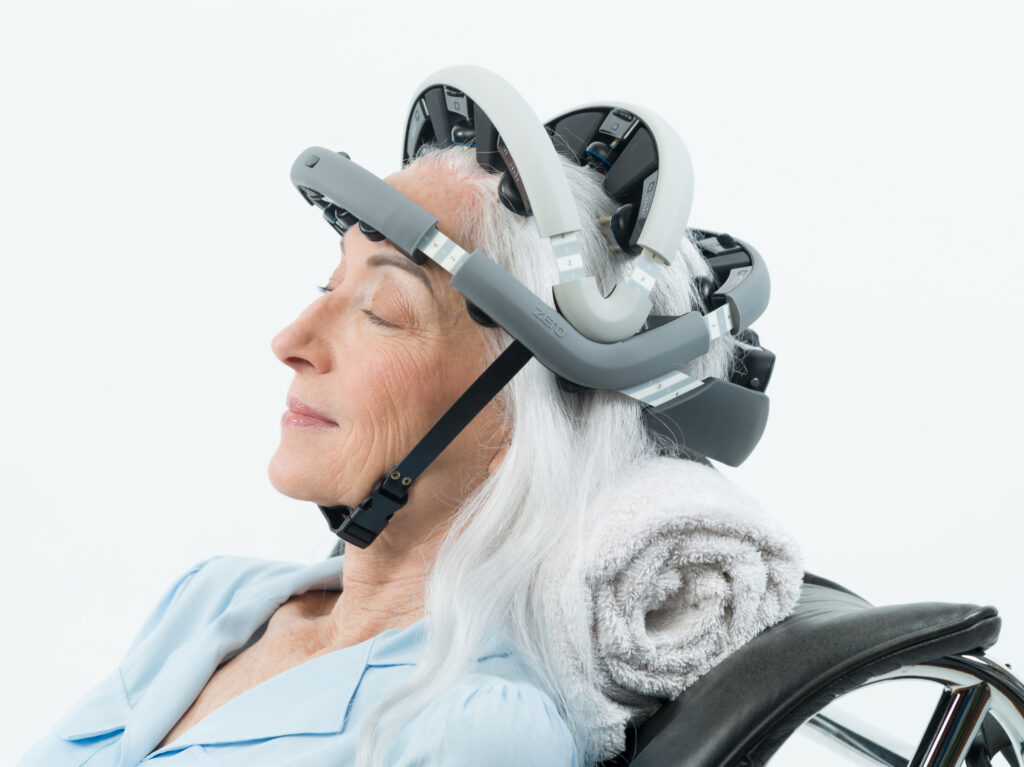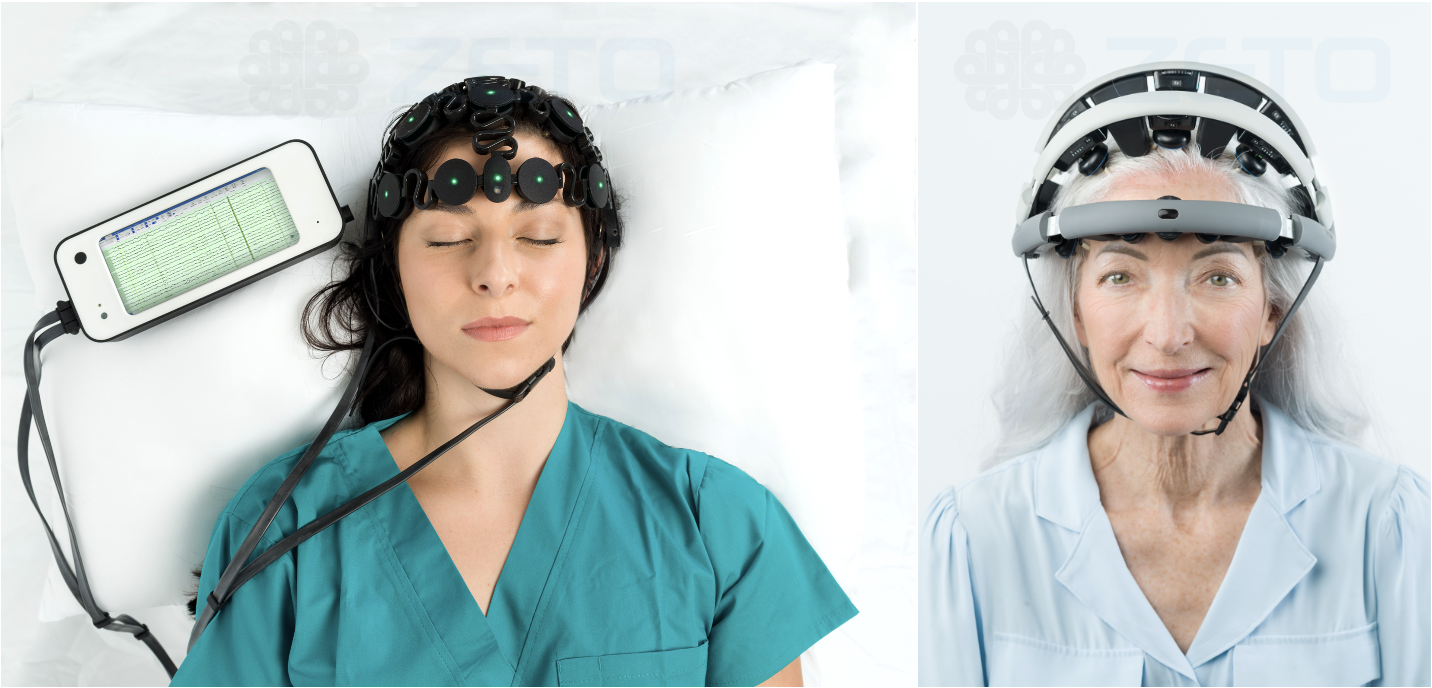At Zeto, we’re committed to advancing EEG research and expanding access to brain monitoring technology worldwide. Through our annual Clinical Trial Sponsorship Program, we support researchers who are pushing the boundaries of neuroscience and patient care.
We’re proud to spotlight one of our 2025 winners: a groundbreaking feasibility study that could transform neurological care in sub-Saharan Africa.
Pilot Evaluation of Continuous EEG Implementation for Seizure and Status Epilepticus Management in Zambia (PRECISE-Z)
Led by Dr. Clio Rubinos and an international team of neurocritical care and epilepsy experts from the University of North Carolina (UNC) and University Teaching Hospital (UTH) in Lusaka, Zambia, this project seeks to evaluate the feasibility and acceptability of implementing continuous EEG (cEEG) using the Zeto One system in a low-resource healthcare setting.
Addressing a Critical Gap in Neurological Care
Over the past two decades, the use of continuous EEG (cEEG) monitoring has become an essential part of managing critically ill patients in high-income countries, particularly for detecting electrographic seizures (ESz) and electrographic status epilepticus (ESE). However, in low- and middle-income countries (LMICs), access to this life-saving technology remains extremely limited.
In Zambia, patients with altered mental status or coma rarely have access to cEEG, leading to undiagnosed seizures and potentially preventable neurological injury. The PRECISE-Z study aims to bridge this gap by introducing a rapid, full montage, wireless, and easy-to-use EEG solution that can be implemented without the infrastructure traditionally required for EEG monitoring.
Study Objectives
The trial has three key objectives:
- Feasibility: Evaluate the use of the Zeto One system for continuous EEG (cEEG) monitoring to detect ESz and ESE in adult patients with altered mental status or coma in Zambia.
- Acceptability: Assess perceptions of cEEG monitoring among patients, caregivers, nurses, and physicians in the Zambian clinical context.
- Prediction Modeling: Develop a clinical prediction score to identify patients at highest risk for ESz and ESE, optimizing cEEG use where resources are limited.
Study Design and Methodology
The study will take place at University Teaching Hospital (UTH) in Lusaka — Zambia’s national referral center — where the neurology team has established EEG interpretation expertise.
The research team will recruit adult patients (≥18 years) with Glasgow Coma Scale ≤11 or FOUR score ≤12, who are being treated in either internal medicine wards or the ICU. Participants will undergo a 24-hour cEEG recording using the Zeto One device, with data interpreted by epileptologists in Zambia and the United States.
If seizures or status epilepticus are detected, the clinical care team will be notified for management per standard local protocols.
To assess feasibility, the team will document recording quality, artifact levels, and any operational challenges such as WiFi disruptions, power outages, or electrode displacement. Implementation feedback will also be gathered from the Zambian care teams and EEG technicians trained to use the system.
Acceptability will be evaluated through surveys and in-depth interviews with patients, caregivers, and healthcare providers, recognizing that epilepsy remains a highly stigmatized condition in Zambia and that patients are often cared for in open wards.
Building Local Capacity and Contextual Solutions
Beyond feasibility, the PRECISE-Z team will train neurology residents and EEG technicians on how to use the Zeto EEG system, fostering local expertise and long-term sustainability.
Importantly, the project aims to create a clinical prediction score tailored to Zambia’s patient population, helping clinicians identify those most likely to benefit from cEEG monitoring. This data-driven approach could guide future clinical decision-making in resource-limited settings.
Multidisciplinary Collaboration
The PRECISE-Z study is led by a collaborative team that brings together extensive experience in neurocritical care, EEG research, and global health:
- Principal Investigator: Dr. Clio Rubinos, a neuro-intensivist and neurophysiologist from UNC with experience in ICU cEEG implementation in resource-limited environments.
- Dr. Deanna Saylor, neurologist and clinical researcher at UTH and leader of Zambia’s neurology training program.
- Dr. Melody Asukile, Zambia’s first epileptologist and a recipient of a Royal Society of Tropical Medicine and Hygiene grant.
- Dr. Suzette LaRoche, epileptologist and advocate for improving neurodiagnostic access in underserved communities.
Ethical Oversight and Funding
The project will obtain ethical clearance from both the UNC Institutional Review Board and the University of Zambia Biomedical Research Ethics Committee. Informed consent will be obtained from participants or their legal representatives.
Funding for the cEEG recordings will be supported by the Zeto Research Program, with additional grant applications submitted to the Neurocritical Care Society Research Training Grant and INCLINE (Investing in CLINical Neurocritical CarE Research) Grant programs.
Anticipated Impact
The PRECISE-Z study is expected to demonstrate that rapid, wireless EEG can be feasibly and acceptably deployed in Zambia’s healthcare environment, despite infrastructure challenges such as limited ICU capacity, variable power supply, and the need for culturally sensitive implementation.
By developing local workflows, training healthcare professionals, and generating data to identify high-risk patients, the study represents a major step toward making continuous EEG accessible in resource-limited settings.
About the Zeto EEG Clinical Trial Sponsorship Program
Zeto EEG Clinical Trial Sponsorship program supports investigator-led projects that explore new frontiers in EEG access, usability, and clinical impact. Through partnerships with researchers and institutions around the world, Zeto aims to advance the understanding of brain health and make EEG monitoring more accessible to patients everywhere
More details: link



